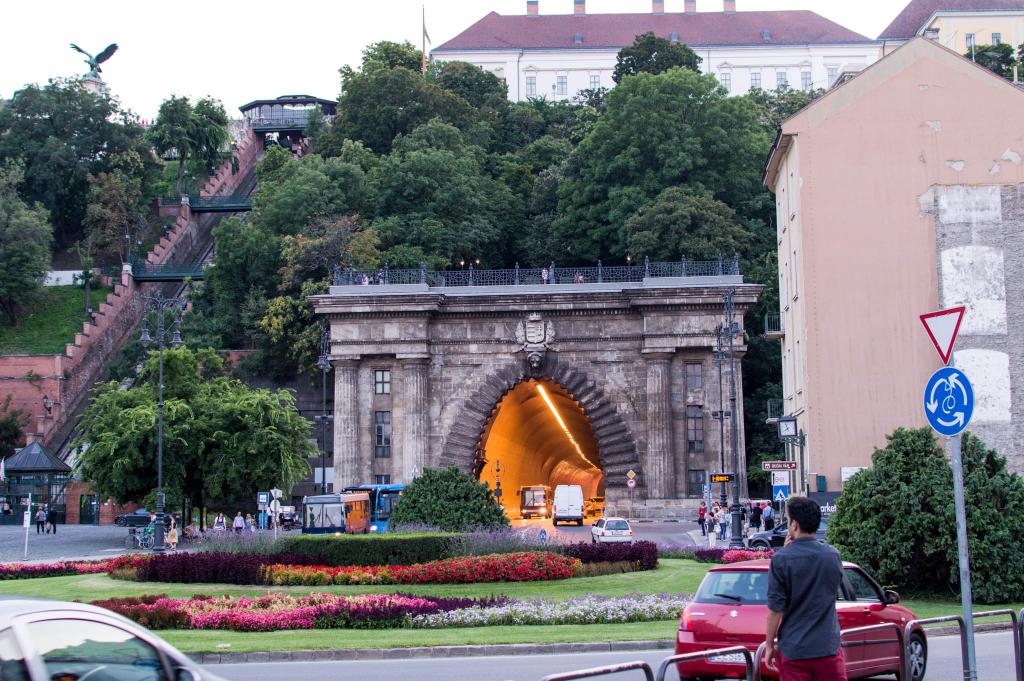Chinese Premier Li Keqiang is meeting with leaders of eastern and southeastern European countries at the fourth CEE-China summit. The group seeks to expand economic cooperation and China is set to benefit.
Money never sleeps - at least it shouldn’t. Only when it is in movement, can it produce returns and interest. Brokers and financial consultants in Beijing are very familiar with this wisdom and they apply it in an exemplary manner – China’s giant monetary reserves are fast reaching four trillion US dollars, DW reported Wednesday.
“China’s growth has slowed down a bit. In this situation, Beijing is trying to boost its domestic economy instead of holding its capital in foreign bonds,” explains the expert for foreign investment in Belgrade Milan Kovacevic.
Chinese Premier Li Keqiang is meeting with the leaders of 16 Middle and Eastern European countries (CEE) in the Serbian capital. The meeting began on Tuesday, December 16.
The post-Communist area stretching from the Baltic countries to the Black and Adriatic Seas is being hailed as a perfect spot for Chinese investments and exports. The politicians of the eleven so-called “new” EU member states and five countries waiting for EU membership were keen to welcome the Chinese cash flow.
“These countries could also profit from China’s urge for economic expansion,” Kovacevic told DW.
Trade Volume
After Budapest, Warsaw and Bucharest, the meeting in Belgrade is the fourth 16+1 (CEE plus China) summit. But the trade volume between China and the CEE region only adds up to around 43 billion euros annually – this is equivalent to the annual trade volume between China and Italy alone.
“Trade volume is still low, but will grow enormously,” macroeconomics expert Christian Dreger of the German Institute for Economic Research told DW. Trade has increased tenfold in the past decade and there is room to grow. Experts in Beijing expect to see the trade volume increase to over 100 billion euros within a few years.
It is nearly impossible to sell products to the Chinese and compete with their low prices, which are low because of the low wages. Dreger, however, sees a chance in the agricultural sector. “Chinese investment will help them advance with their industrial products as well.”
Unnoticed by West
Largely unnoticed by the West, the Chinese government has spent the last two years ploughing billions into the region, sealing a range of new friendships in the process. Virtually no country in the region is in a position to fund its own infrastructure renovations – from repairing bridges to run-down train tracks - or to revamp its telecommunications sector. Not even those that belong to the EU. Brussels is keeping them on a short leash in the wake of the economic crisis. Without Chinese help, they have little chance of getting on their feet, a DW analyst said.
With Li Keqiang earmarking $10 billion of credit for infrastructure projects in CEECs, Milan Bacevic, the Serbian minister in charge of the mining industry got a bit over-excited and started talking about $10 trillion. Not even China is willing to spend that much in the region. Nonetheless, these marginalized countries still feel as though a gold rush is underway.
On top of the $10 billion of credit put aside for infrastructure projects, they can also look forward to benefiting from China’s plans to fund development of a “New Silk Road”, pouring billions of dollars into projects to revive intercontinental land routes and maritime links through central Asia. In the long run, Beijing is keen to reduce China’s dependence on freight lines dominated by European shippers, plus develop new markets for Chinese exports. This will come at a price, even beyond the sheer number of new ports, streets, train tracks, telecommunication networks and power plants the undertaking requires. Clearly, a few projects in eastern and southeastern Europe will also be paid for from the fund.


